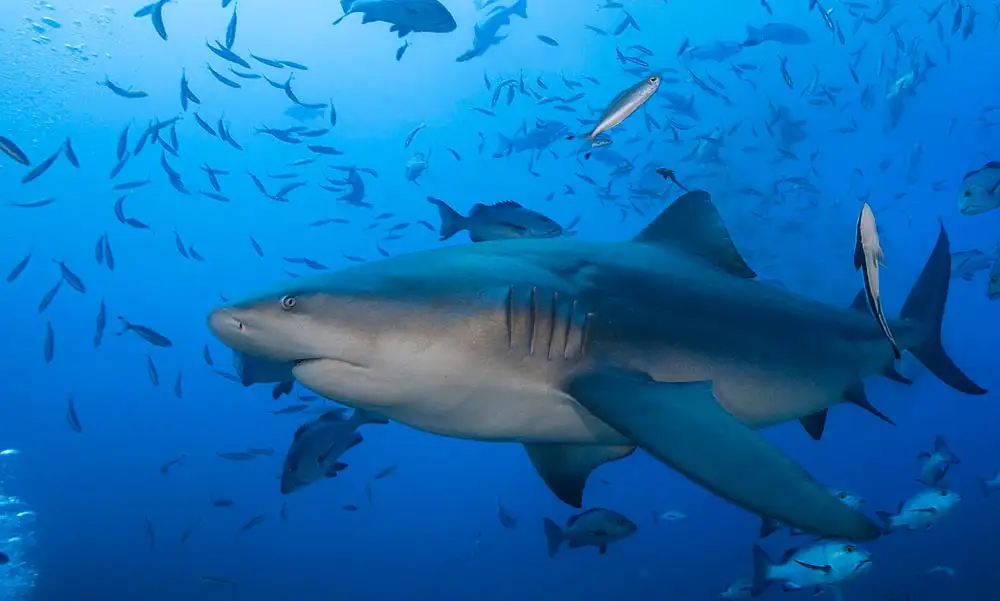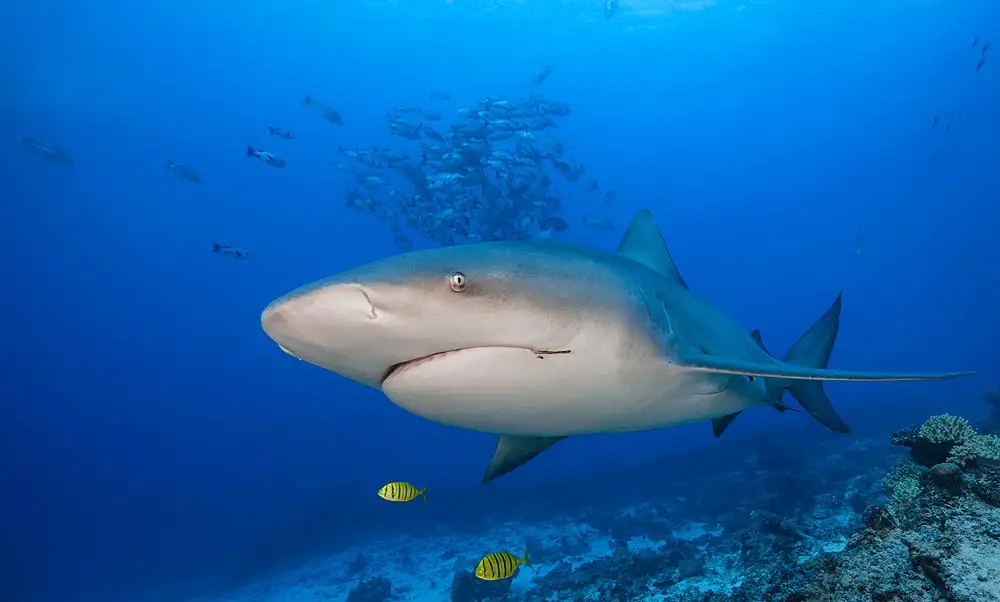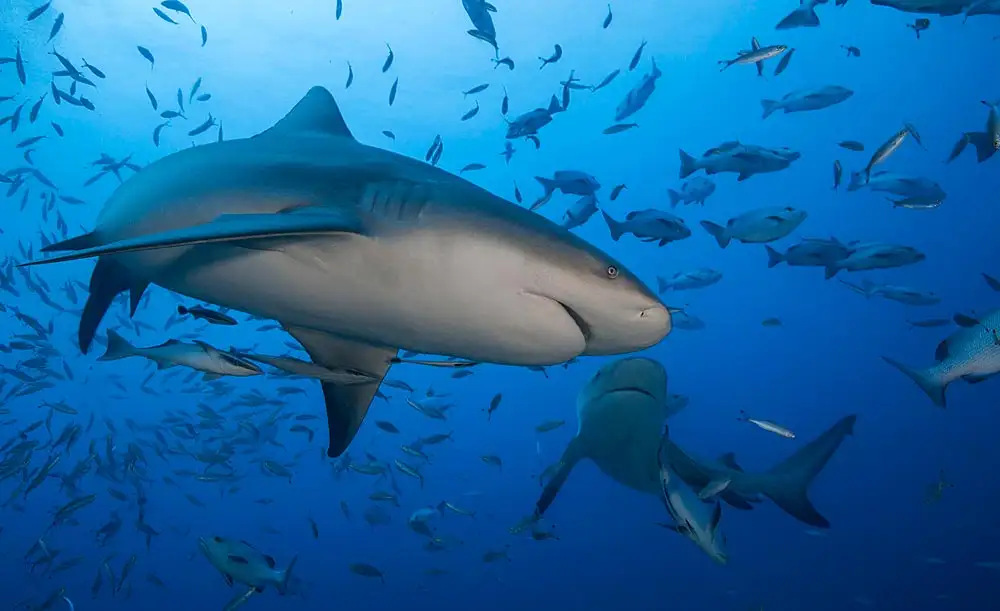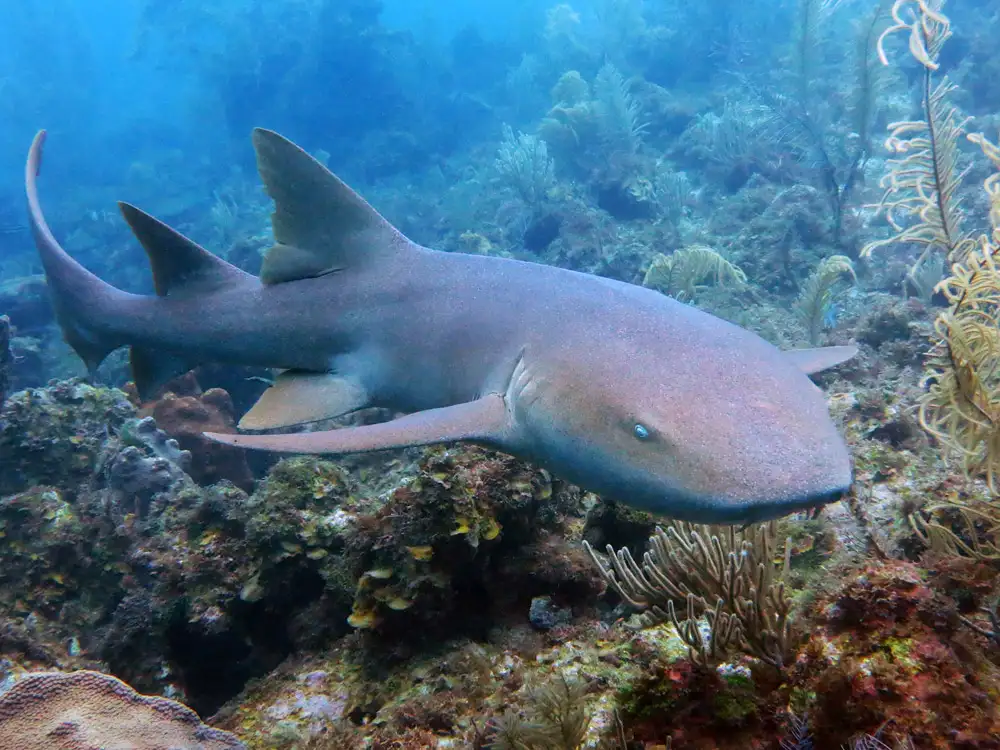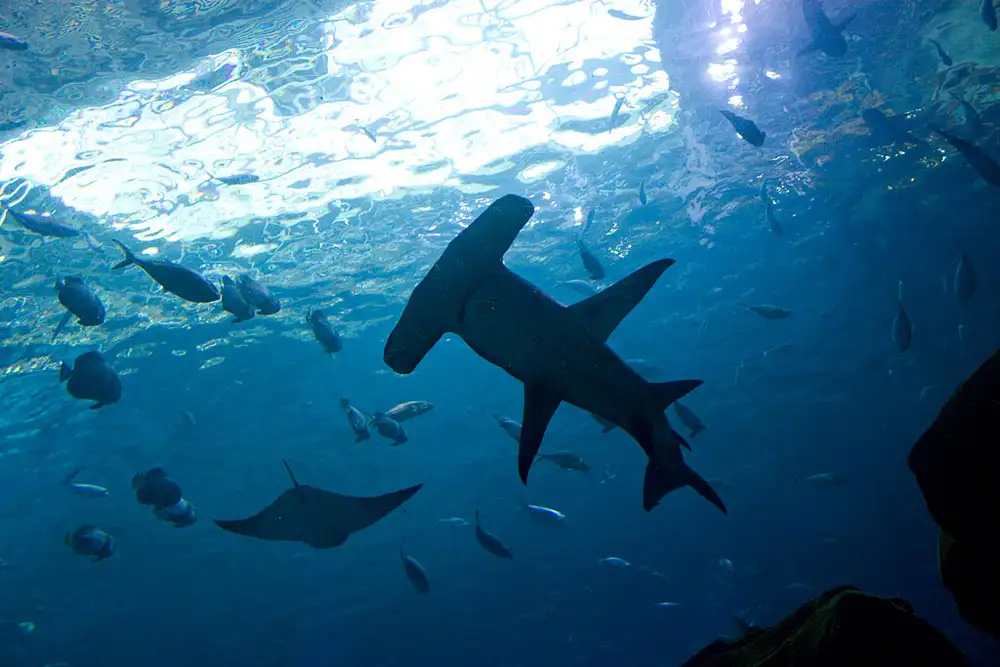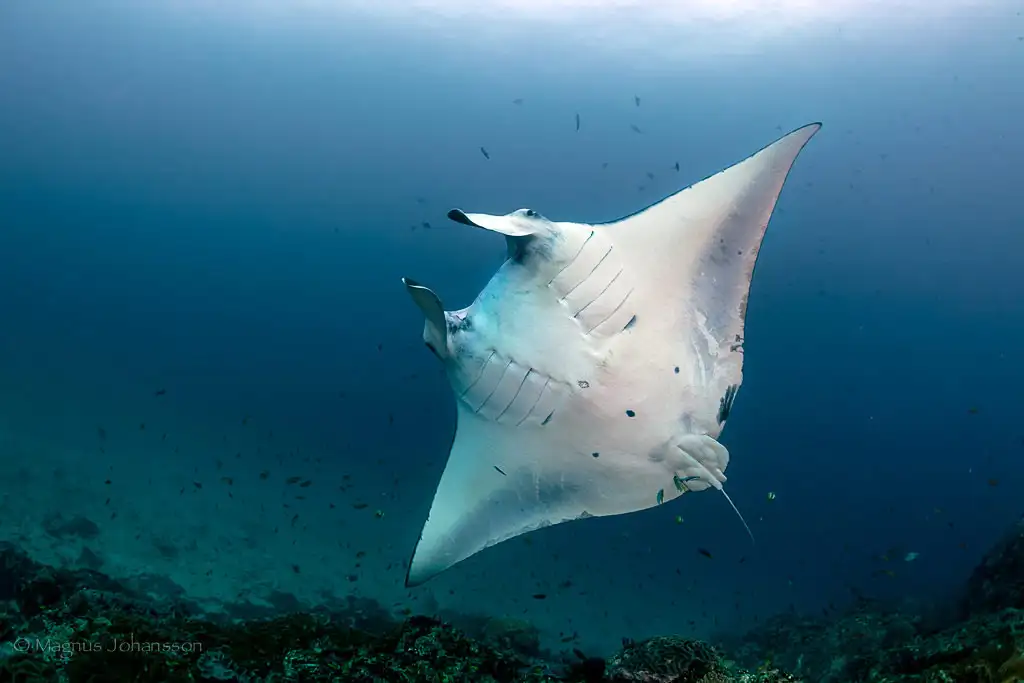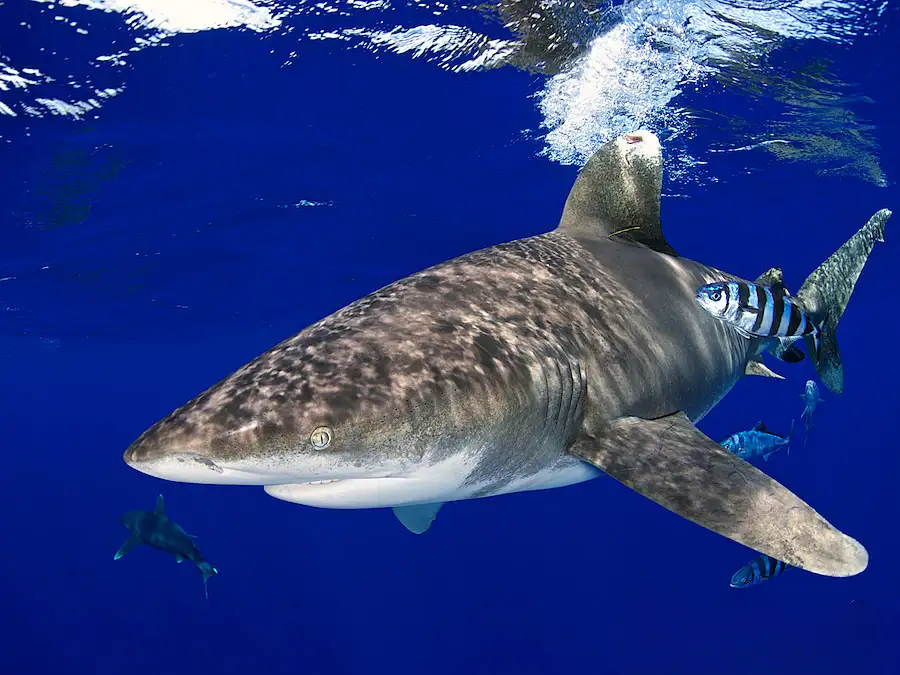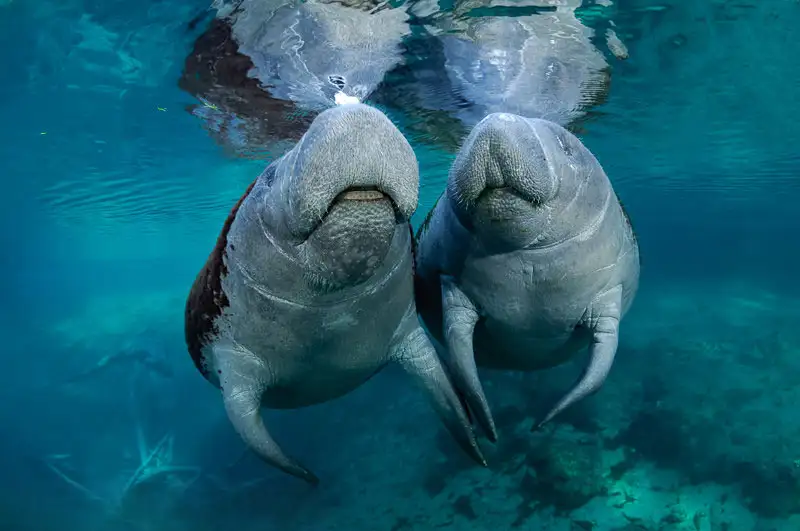Bull Shark
IUCN
NTBasic Information
Scientific classification
- name:Bull Shark
- Scientific Name:Carcharhinus leucas
- Outline:Large Fish
- Family:Carcharhinidae Carcharhinus
Vital signs
- length:F 2.2–3.3 m; M 2.1–2.6 m (larger extremes)
- Weight:Typically 90–230 kg (variable)
- lifetime:c. 20–24 years (estimated)
Feature
Euryhaline—can inhabit fresh water; placental viviparous; coastal apex predator; estuarine nurseries; higher human‑conflict risk.
Distribution and Habitat
Tropical–subtropical coasts, estuaries, lagoons and rivers/lakes that are accessible from the sea.
Appearance
Stout, blunt‑snouted; large triangular first dorsal; grey above/white below with dusky fin margins; thick serrated teeth.
Details
Bull shark (Carcharhinus leucas) is a large coastal requiem shark famous for its ability to live for extended periods in low‑salinity and even fresh water. It regularly ascends river systems and may occupy inland lakes (e.g., Zambezi River, Lake Nicaragua). Its proximity to human use areas elevates conflict risk. Global IUCN status: Near Threatened (NT).
Ecology & Reproduction
Placental viviparous; females use estuaries, lagoons and shallow coasts as nursery areas. Reproductive cycle ~1–2 years, gestation ~10–11 months, litters 1–13 (often 6–10). Diet broad: bony fishes, elasmobranchs, crustaceans, cephalopods, birds and small marine mammals.
Identification
Stout body with a short blunt snout; large triangular first dorsal fin; grey dorsum and white ventrum with dusky fin margins. Teeth thick with fine serrations for cutting.
Osmoregulation
Maintains osmotic balance across salinities via kidney/rectal gland function and urea/TMAO regulation, enabling long residence in fresh water—rare among large sharks.
Threats & Conservation
Fishing pressure: target and bycatch in longlines/gillnets; fin and meat trade.
Habitat loss: pollution and dams altering estuaries/river connectivity and mangroves.
Human–shark conflict in nearshore waters leading to culls or lethal control.
Priorities: spatio‑temporal protection of nurseries, gear modifications (mesh size/weak links), best‑practice live release, and targeted risk communication in high‑use river/estuary reaches.
FAQ
Q1. Can bull sharks really live in fresh water? Yes. Their osmoregulatory physiology allows prolonged residence and feeding in fresh/brackish systems.
Q2. Are they dangerous? Risk is higher than for many pelagic species due to nearshore occurrence and size. Follow local advisories; avoid turbid/crepuscular periods.
Q3. Where are they found? Tropical–subtropical coasts and estuaries worldwide, plus major rivers and some lakes.
Q4. Why Near Threatened? Combined fishing pressure and nursery‑habitat degradation/fragmentation; declines documented in parts of the range.


